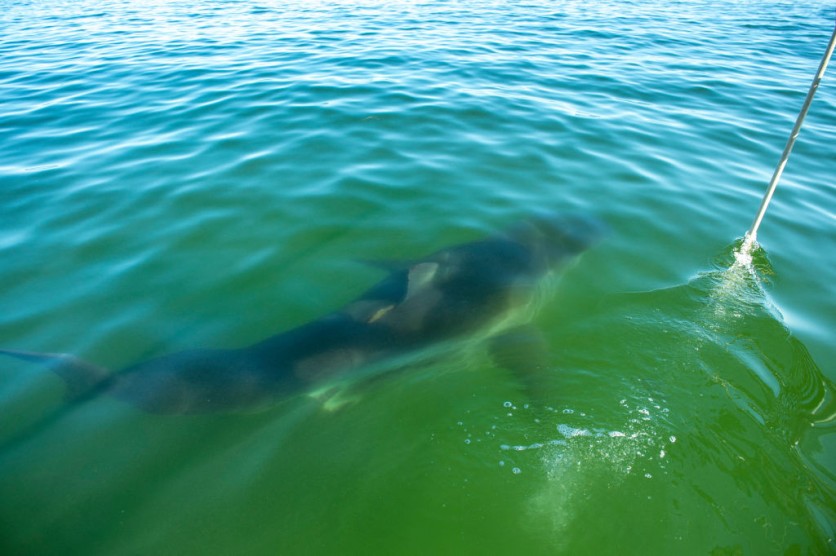A graveyard filled with shark teeth has been found off the coast of Australia, according to a report by IFLScience. Scientists from the Museums Victoria Research Institute, who were working on Research Vessel (RV) Investigator, were the ones who discovered the fossilized shark teeth on a small area of the seafloor over five kilometers below the surface.

The shark teeth were collected and brought to the Cocos Islands. According to a statement, "The teeth look to come from modern sharks, such as mako and white sharks, but also from ancient sharks including the immediate ancestor of the giant megalodon shark."It's highly likely that the teeth belonged to the closest relative of a megalodon.
More Discoveries
Aside from the teeth, the scientists also gathered a small, stripey hornshark, which is unique to Australia. However, it has not been named or described yet.
In general, hornsharks are elusive and slow-moving as they prefer to hide among seaweed and rocks located on the seafloor during the day before they come out at night to feed. So far, the new striper hornshark is said to live in water over 150 meters deep.
Shark Teeth
To protect their young and themselves, many shark species have developed different kinds of teeth, which are used for different purposes. Next to the ferocious-looking sharp teeth, sharks also have blunt teeth. And like most sharks, the Megalodon also has up to five rows of teeth.
Modern sharks have a limited number of teeth to help them conserve the minerals they need to grow and develop new ones that will replace those that have been lost. Sharks can replace a tooth up to 50 times in a lifetime, according to Sharkopedia.
One of the biggest differences between modern and ancient teeth is that ancient teeth were connected to the jaw whereas today, a tooth is connected to the maxilla or the upper jaw.
Digging Deeper Into Our Marine Ecosystem
As of now, there's a lot more we have yet to discover about the hidden marine ecosystem that's miles below the surface. For instance, some of the world's deepest sea creatures are still alien to us.
Aquariums, zoos, and institutions around the world are doing their best to educate the public about the creatures that inhabit the ocean. In addition, these institutions are doing their research on marine creatures by providing them with a home where they can thrive and be protected.
The Cocos-Keeling Islands is a popular tourist spot for divers, and it's where the RV Investigator is currently stationed for its expedition. The vessel is owned and maintained by the CSIRO and has been used for many scientific research projects.
With the advancements in technology and the support of the government and other scientific organizations, we can only imagine how much deeper the ocean will be explored down the road.
Related article : Citizen Scientist Finds Ancient Mega Shark Teeth At Australia Beach

ⓒ 2025 TECHTIMES.com All rights reserved. Do not reproduce without permission.




